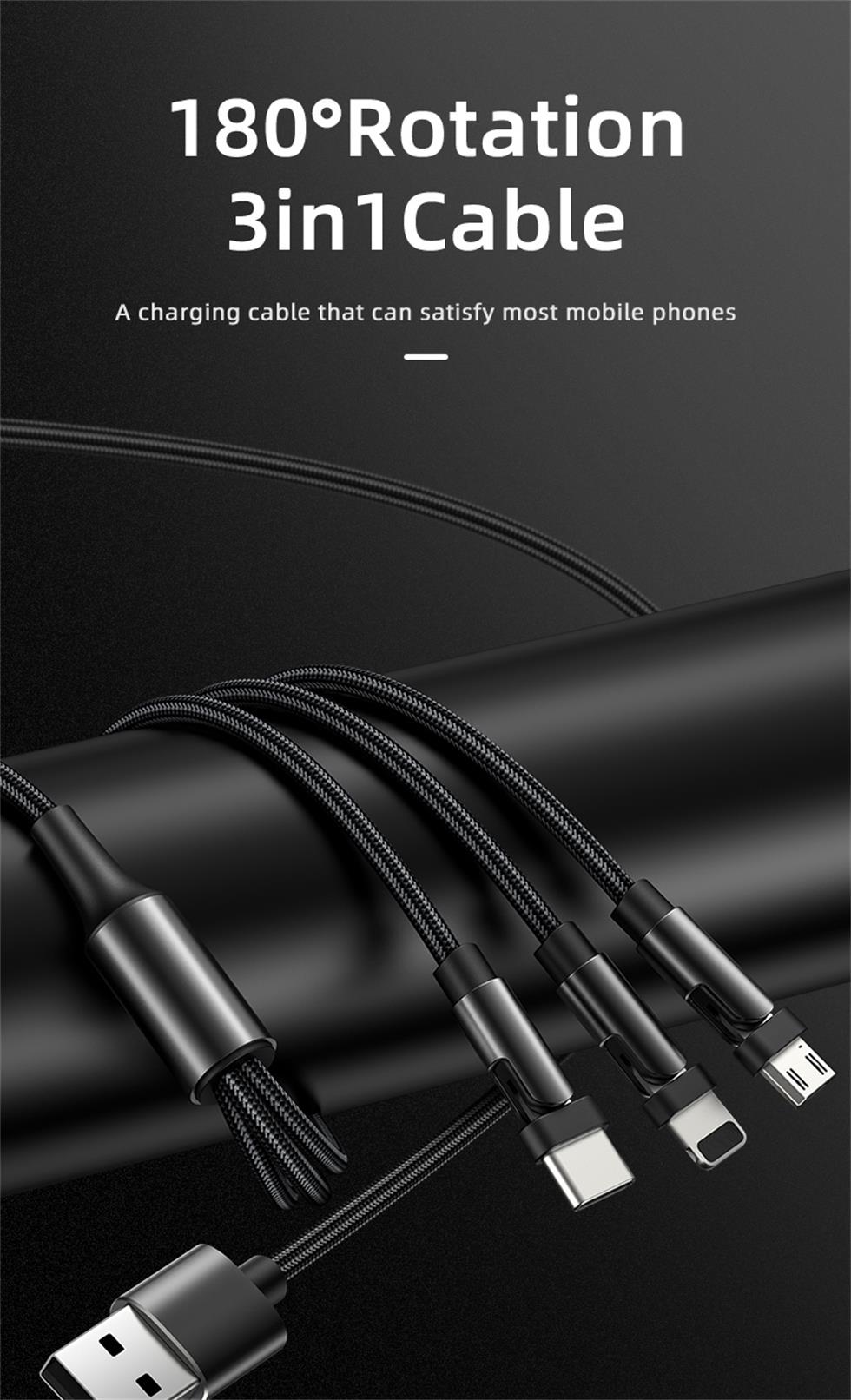FTTH construction faces two major problems
From a global perspective, FTTH as the direction of broadband access or the ultimate development goal, its advantages are very obvious: First, FTTH from the network to the user can provide high bandwidth of 50M-100M, is the best choice for high-end customer construction; second, FTTH With a flat network structure, ODN is passive throughout, greatly reducing operation and maintenance costs. However, as the current emerging access method, FTTH still has unresolved problems that plague its scale.
1. FTTH project construction difficulties
At present, most of the buildings in China do not have pre-embedded fiber-optic lines. To implement FTTH/O on a large scale means to re-lay optical cables inside existing buildings. The characteristics of the fiber itself (not resistant to tension and bending) determine that fiber optic cable deployment is much more difficult than copper cable.
In some old communities, drilling holes and wall-to-wall influences the appearance, causing strong awareness of rights and interests of tenants and properties, resulting in delays in the construction of households, and the strong threat of rights can only be abandoned. Therefore, it is difficult to scale up construction in urban areas.
2, FTTH cost is too high hinder its scale development speed
With the scale construction of the operator FTTX in recent years, the cost of equipment related to FTTH has dropped significantly, but the overall supporting cost, engineering cost, and terminal cost of the ODN are still high. In terms of comprehensive cost comparison, the end-to-end construction cost of FTTH is still around 160-200 US dollars, and the construction cost of FTTB has dropped to less than 100 US dollars. At present, the investment funds of operators are generally limited, and the issue of investment income must be considered simultaneously. Therefore, there is a large cost pressure for the full deployment of FTTH.
In addition, some maintenance management technologies of FTTH are not yet mature. For example, the line monitoring and fault location technology of FTTH network is far less mature than copper cable. Especially when the branch of ODN network is interrupted, it is difficult to locate and locate faults. Fiber repairs require specialized tools and skills, and copper repairs are much simpler.
Pay full attention to copper resources
In the past few years, FTTB+ADSL2 built by fixed-line operators solved some of the problems of FTTH entry, but ADSL2 can only provide 16-18M bandwidth for end users. For operators, it cannot meet the needs of future business development. .
At present, the operators' last mile copper resources are very rich. In the early 1990s, the national popularization project of fixed telephones deployed a large amount of copper resources in urban areas, towns and villages in China. In recent years, with China Telecom, China Unicom implemented the broadband speed-up project of “light into copperâ€. A large number of fiber-optic infrastructure networks have been built, and the distance between copper cables has also been shortened to 500 to 800 meters. As of mid-2011, there are still 500 million lines in China's current ADSL2 ports. Traditional ADSL is still dominant, with about 88 million ports. The number of ports higher than FTTX.
In order to solve the problem of copper cable home access, Vectoring technology came into being. Vectoring is characterized by crosstalk cancellation, which can eliminate the influence of the main noise of copper crosstalk, and make the copper wire access fully enter the "hundred megabytes" era.
Nowadays, the function and appearance of mobile phones are similar, but the charging interface is not unified. The Android camp has Micro USB and Type-C ports, while the iPhone camp has Lightning. Different charging ports use different charging cables, which is very unfriendly for users who often need to use multiple phones. To solve this awkward situation, the three-in-one data cable was born. What is the three-in-one data cable? Three-in-one data cable means that one data cable includes Micro Usb Cable, USB Cable For Iphone and Usb Cable Type C. So one data cable can be used by all mobile phones.
Three-in-one data line is also known as multifunctional data cable. In the original data cable, the combination scheme is added, and the combination PCB is configured, which can support a variety of equipment and avoid the trouble of frequently looking for data line. It combines Lightning, a 30-pin port, and a Micro USB port, and is compatible with multiple devices. It can connect to any smartphone or tablet, including iPhone, iPad, Samsung, etc.
From the technical point of view, the three-in-one data cable does have a strong advantage. With continuous development and improvement, three in one data cable products in the original data cable appearance with woven cloth, will also add a light color on the three in one data cable, so that the data cable function is stronger and more exquisite, more and more people accept and buy. In the era of big data,the 3 In 1 Usb Cable can be said to have deeply affected our work and life. We believe that with the technical development of 3-in-1 mobile phone data cable, it will bring us more convenient transmission experience.

3 In 1 Usb Cable,3 In 1 Data Cable,3 In 1 Usb C Cable,3 In 1 Universal Cable
Henan Yijiao Trading Co., Ltd , https://www.yjusbhubs.com